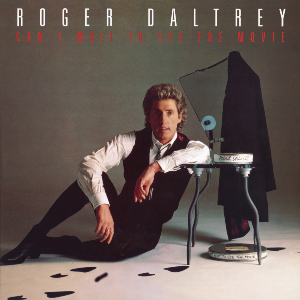 While he’d started playing both older and new secular songs live, when Bob put out a new album in 1981, it was automatically labeled as a Christian album. This wasn’t a fair assessment, because although Shot Of Love covers some of the more recent territory on the surface, the album doesn’t sound anything like Slow Train Coming or Saved. For that, purists should have been grateful. At the time, they weren’t.
While he’d started playing both older and new secular songs live, when Bob put out a new album in 1981, it was automatically labeled as a Christian album. This wasn’t a fair assessment, because although Shot Of Love covers some of the more recent territory on the surface, the album doesn’t sound anything like Slow Train Coming or Saved. For that, purists should have been grateful. At the time, they weren’t.However, based on some of the new material that he’d tried out onstage, along with a few tracks that have been officially reprieved from the vaults, the album could have been so, so much better. A few of those songs (“Angelina” and “Caribbean Wind”, to name two) would have vaulted this album to classic status; as it is we can only wonder and argue over the sequence that could have been.
So what about it? The opening title track sounds too much like another song (okay, we’re talking about “Gotta Serve Somebody”) to stand out, but at least there’s a good live sound to start us off. “Heart Of Mine” had some nice lyrics at first, but the arrangement doesn’t work. Maybe it was the three drummers? “Property Of Jesus” is much better than its title would suggest, with a nice piano part and Jim Keltner driving it. “Lenny Bruce” seems like an odd choice for a eulogy at this late date, but it’s no worse a tribute than “Joey”. “Watered-Down Love” would be nice if it didn’t sound so much like “Property Of Jesus”.
Side two doesn’t always gel. “Dead Man, Dead Man” thumps along with a slight reggae beat; “In The Summertime” adds some wistful romance; “Trouble” benefits from a trashy backing and introduces his soon-to-be-consistent whine. But the closer, “Every Grain Of Sand”, is one of his best ever, a gaze at the wonder of creation that transcends any creed or denomination.
Sometime after the Biograph set came out, consumers noticed that Shot Of Love now included an additional song at the start of side two: the excellent B-side “Groom’s Still Waiting At The Altar”, which certainly enhanced the listening experience. (It was added to the cassette and eventual CD as well.) The overall sound of the album is enough to make it worth several revisits. The band combined some of his tour companions, plus a few ringers like Benmont Tench and Danny Kortchmar, so the playing’s more than competent. But he needed to hit the ball a lot further if he was going to stay relevant in the ‘80s.
Bob Dylan Shot Of Love (1981)—2½
Current CD: same as 1981, plus 1 extra track


















